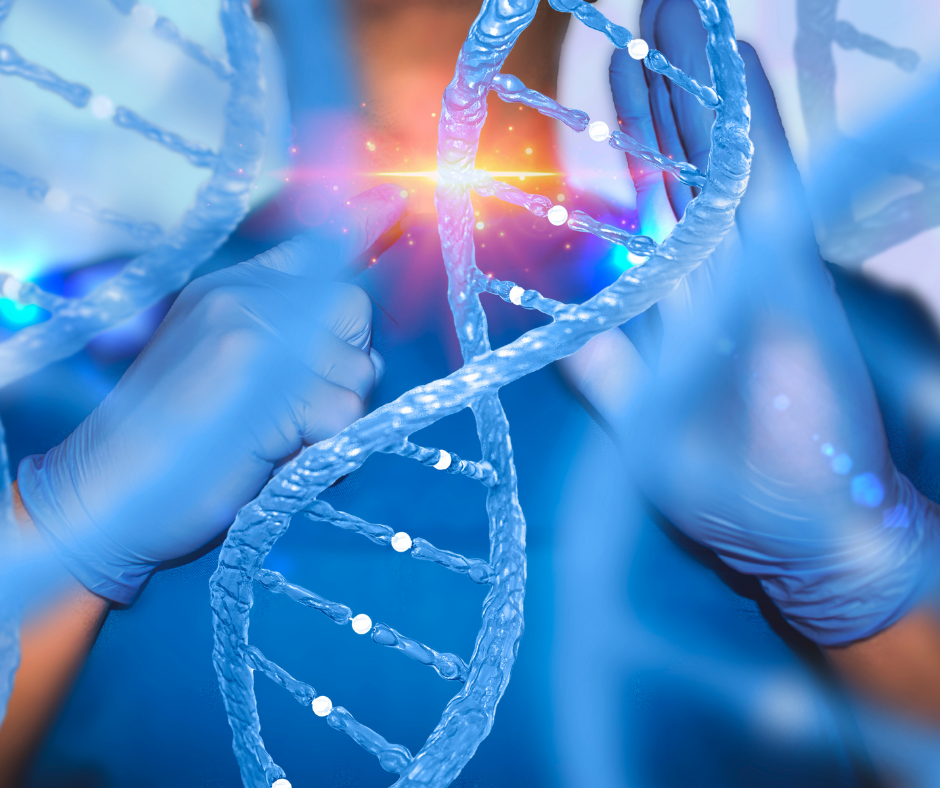
2020 marked a first in the history of the Nobel Prize. For the first since its creation, a science Nobel Prize has been awarded to two women. Jenifer Doudna from the University of California, and Emmanuelle Charpentier from the Max Planck Institute for Infection Biology in Berlin were awarded the 2020 Nobel Prize in Chemistry, for the development of CRISPR-Cas9. The gene-editing method revolutionises the scientific understanding and practice of working with genetics, and has widespread applications in the fields of medicine and agriculture.
Together with the Genetic Literacy Project, the CCC released the first Gene-editing Regulation Index, that shows how the world compares in its regulation on gene-editing. Unfortunately, we see that regions such as Europe have, through outdated legislation, limited their ability to innovate.
Let’s take a look at three recent innovations in the realm of gene-editing.
Gene-edited trees
Researchers at the VIB-UGent Center for Plant Systems Biology in Belgium, together with researchers at the University of Wisconsin have discovered, through CRISPR-Cas9, a method of reducing the amount of lignin in trees, which eases the process of making paper. This would reduce the carbon footprint of the paper industry, as well as for the production of bio-fuels and bio-based materials.
The communication from the entrepreneurial non-profit research institute VIB, which works in close partnership with five universities in Flanders, Belgium — Ghent University, KU Leuven, University of Antwerp, Vrije Universiteit Brussel and Hasselt University — also says: “The applications of this method are not only restricted to lignin but might also be useful to engineer other traits in crops, providing a versatile new breeding tool to improve agricultural productivity.”
Gene-edited salmon
Researchers at the Norwegian institute Nofima are investigating whether CRISPR-Cas9 can help reduce or completely squash the prevalence of sea lice in Atlantic salmon. It is known that North American salmon does not deal with sea lice, thus the scientists are trying to replicate the phenomenon through genetic engineering.
If successful, this does not imply that gene-edited fish will be available immediately, as there are still a lot of procedural and regulatory hurdles to overcome. That said, making Atlantic salmon immune to lice would mean more efficient fishing in European waters, and more affordable salmon for European consumers.
Gene-editing against opioid overdoses
With tens of thousands of people dying each year of opioid overdoses, Professor of Pharmacology at Oklahoma State University Craig Stevens writes that it doesn’t have to be that way. Using CRISPR-Cas9, he claims that gene-editing a patient’s brain would prevent opioids bind opioid receptors on respiratory neurons — in plain English: during an opioid overdose, the patient dies because he or she stops breathing. Through gene-editing the brains of 10% of opioid patients, Stevens claims that the United States could save thousands of lives and save $43 billion.




